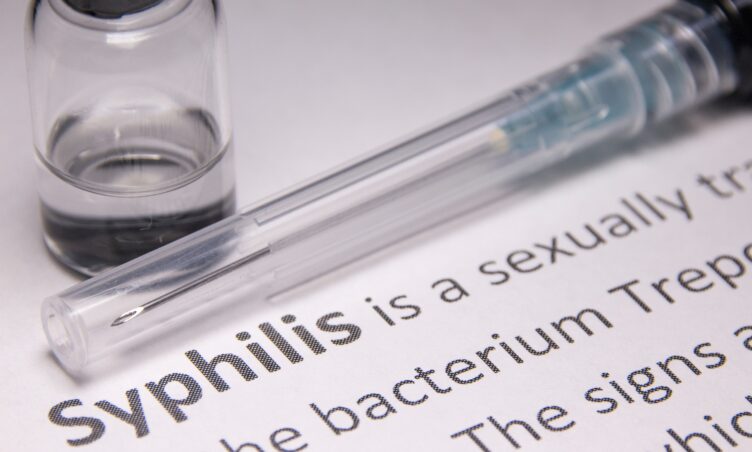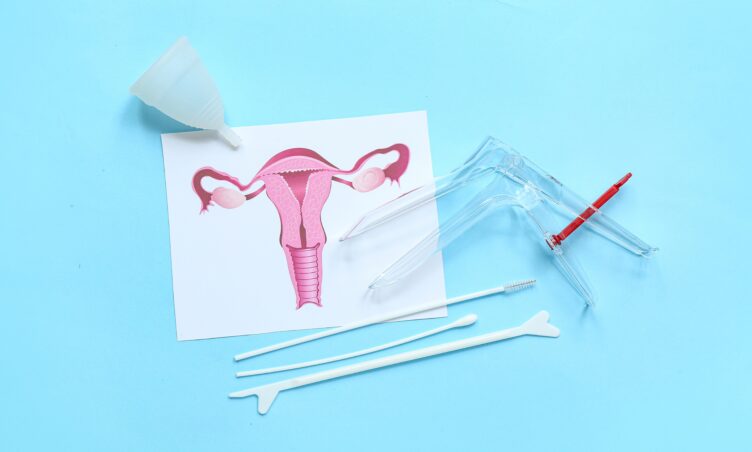HIV – Prevention and Management

Last year marked 40 years since the first HIV diagnosis and the start of the HIV pandemic. Much has changed in this time: HIV is now a manageable, chronic illness, and people with HIV have the same life expectancy as those without HIV. There are highly effective and tolerable daily medications which manage the virus, and preventatives that can be taken to decrease the chance of HIV acquisition.
Below we’ll outline some of the key terms in management and prevention of HIV that have led Australia to having a 48% decrease in HIV notifications since 2010.
HIV and AIDS
Human Immonodeficiency Virus (HIV) is a virus that affects the immune system of the body. Over time, if HIV is not managed, you can develop severe immune deficiency – meaning your body can no longer defend itself against illnesses. This late stage of HIV infection is called AIDS – Acquired Immunodeficiency Syndrome. Like many STIs and Blood Borne Viruses, HIV can be spread through bodily fluids such as blood, semen, vaginal fluid and breast milk. You can prevent HIV infection by:
- Using condoms, dental dams and water-based lubricants during sex
- Using sterile equipment (that is not shared) for any injecting, tattooing or piercing practices
TasP – Treatment as Prevention
- There is ZERO risk of sexual transmission from someone on HIV treatment with an undetectable viral load.
- Once someone starts on HIV treatment – known as Anti-Retroviral Treatment (ART) – it can take 3 – 6 months for the amount of virus in their blood to be undetectable when tested.
- Once a person’s virus is undetectable or they are virally suppressed they cannot pass HIV onto to anyone else.
- There is now long-acting injectables available for HIV treatment, meaning rather than a pill(s) a day, people can opt for one injection every two months.
U = U – Undetectable Equals Untransmissible
The U=U Consensus statement was endorsed by Living Positive Victoria which outlined:
A person living with HIV who is on treatment and has an undetectable viral load cannot sexually transmit HIV.
- Based on research from studies around the world including HIV Prevention Trial Network (HPTN 052), Opposites Attract, the Swiss Statement and the PARTNER study sero-discordant couples in heterosexual and same-sex relationships did not transmit the virus to their partners if the HIV positive partner had a undetectable viral load.
- The official cut-off point for an undetectable viral load as defined by the WHO ranges from <50 copies/ml in high income countries to <1,000 copies/ml in low to middle-income countries.
- In Australia an undetectable viral load is defined as under <200 copies/ml, which is also the measurement for viral suppression.
PEP – Post Exposure Prophylaxis
- PEP (Post-Exposure Prophylaxis) is a month-long course of anti-HIV (ART) drugs that may prevent HIV infection after a possible exposure
- The sooner someone starts PEP the better. It is most effective when started within 24 hours, but it must be started within 72 hours after a possible exposure to HIV.
- It takes a few days for HIV to become established in the body following exposure. PEP drugs given in this time may help the body’s immune system to stop the virus from replicating (multiplying) in the infected cells of the body. The cells that may originally have become infected would then die naturally within a short period of time without producing more copies of HIV.
- Studies estimate that PEP reduces HIV transmission by 81%.
PrEP – Pre-Exposure Prophylaxis
- The use of HIV medication by people at risk of HIV to prevent HIV infection before a possible exposure
- By taking PrEP, people who are HIV-negative (meaning they do not have HIV) can reduce the risk of getting HIV by 99%
- PrEP is a combination of two medications, tenofovir plus emtricitabine, that comes in a single tablet. PrEP works by preventing HIV from replicating in the body. After contact with the virus, the tenofovir and emtricitabine block the enzyme needed by the virus to replicate.
- PrEP can be taken daily, periodically or on-demand
- PrEP is only effective in preventing HIV and does not provide any protection against other STIs.
These advances have only been made possible through community-led action, advocacy and activism, peer to peer services, education and support, harm reduction strategies and scientific and medical breakthroughs. It is important to recognise the lives lost to HIV/AIDS and the unbelievable struggles the LGBTQ+ community faced in accessing care; we honour those generations and thank them for their work.
Sources:
- AFAO https://www.afao.org.au/about-hiv/hiv-in-australia/
- Living Positive Victoria https://livingpositivevictoria.org.au/living-positive-victoria-endorses-undetectable-untransmittable-uu-consensus-statement/
- PEP https://www.getpep.info/
- PrEP’d for Change https://www.prepdforchange.com/use-prep

HIV transmission in Australia 2021, AFAO






